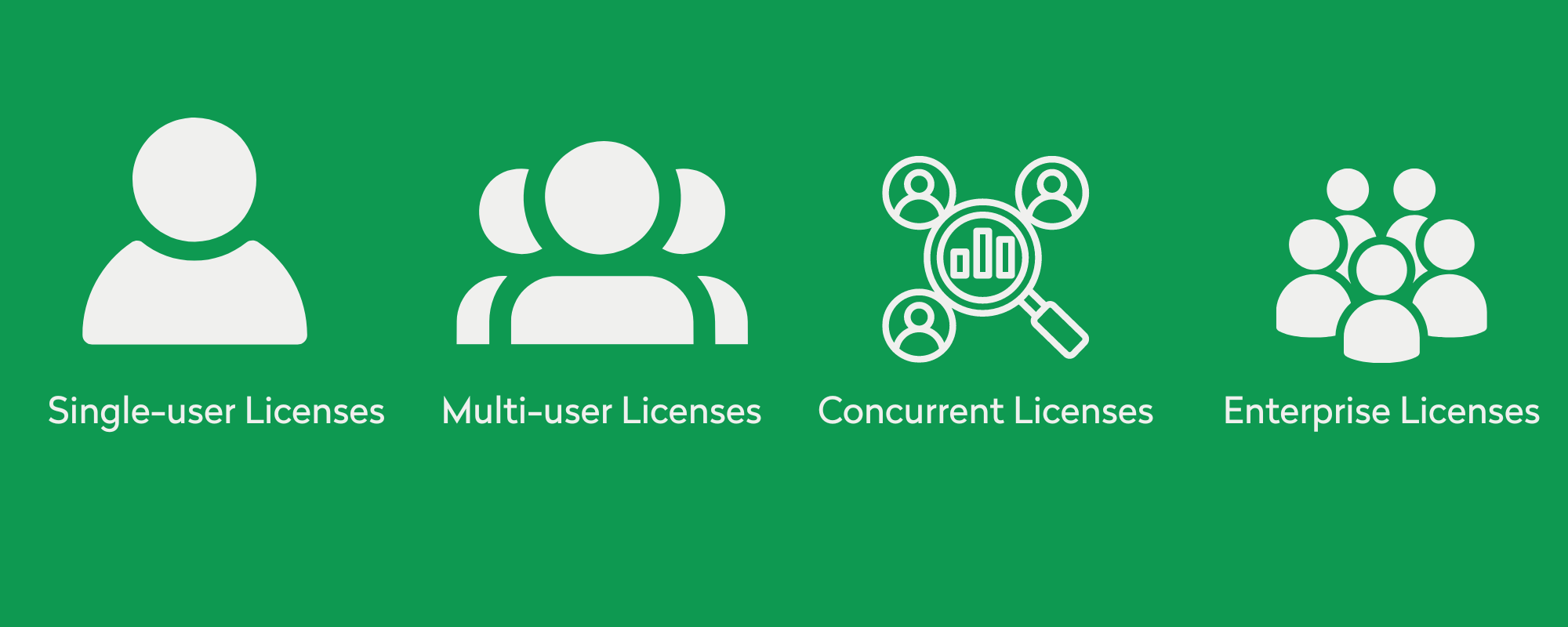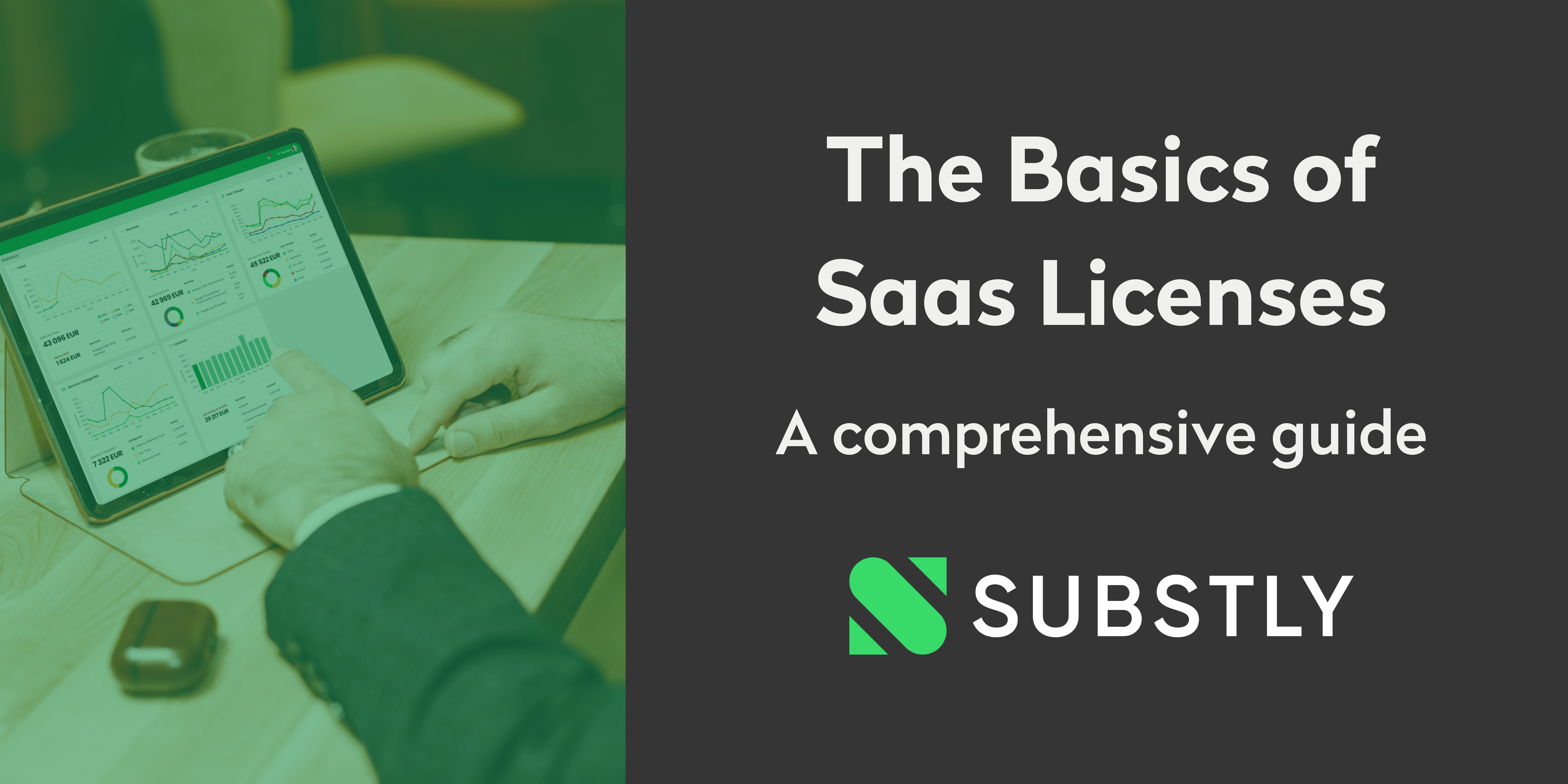Key takeaways
- SaaS, or Software as a Service, provides businesses access to software applications hosted by a third-party provider over the Internet, eliminating the need for upfront investments in hardware and software licenses.
- There are various types of SaaS licenses, including single-user licenses, multi-user licenses, concurrent licenses, and enterprise licenses, each catering to different business needs and usage scenarios.
- SaaS license agreements typically include details on license terms, subscription periods, service level agreements (SLAs), data security and privacy, intellectual property rights, pricing and payment terms, and termination and transition provisions.
- Managing SaaS licenses efficiently involves conducting an inventory and assessment of licenses, implementing centralized license management systems, ensuring proper user provisioning and access control, performing regular license audits, optimizing license utilization, prioritizing contract renewals and negotiations, and staying informed about industry developments.
SaaS License Agreements
Welcome to our comprehensive guide on the basics of SaaS licenses! In this article, we will walk you through everything you need to know about SaaS license usage. Whether new to the concept of SaaS Management or looking to deepen your understanding, this guide will provide valuable insights and practical tips.
SaaS, or Software as a Service, is a software distribution model where applications are hosted by a third-party provider and made available to customers over the Internet. Instead of purchasing software outright, businesses can subscribe to these services on a pay-as-you-go basis.
SaaS licenses have become increasingly popular among small and medium-sized businesses due to their many benefits. They offer a cost-effective solution, as businesses only pay for the services they use and eliminate the need for upfront investments in hardware and software licenses. Additionally, SaaS licenses provide flexibility, scalability, and easy access to the latest software updates.
Types of SaaS Licenses
When it comes to SaaS licenses, there are several types you should be aware of. Let's explore them in more detail:

1. Single-User Licenses
Single-user licenses are the most basic type of SaaS licenses. They enable a single user, typically an individual or an employee within a business, to access and use a specific software application. These licenses are commonly used for tools essential to an individual's job function, such as project management or collaboration software.
2. Multi-User Licenses
Multi-user licenses allow multiple users within an organization to access and use the same software application. These licenses are typically used for applications requiring team members' collaboration, such as customer relationship management (CRM) or document management systems. They enable seamless sharing and collaboration, improving team productivity and efficiency.
3. Concurrent Licenses
Concurrent licenses are designed for software applications that a limited number of users can access simultaneously. Instead of assigning licenses to specific individuals, concurrent licenses allow businesses to have a pool of licenses that can be used by any user as long as the maximum number of concurrent users is not exceeded. This license type is often used for software not used continuously by every user, allowing optimal utilization and cost-efficiency.
4. Enterprise Licenses
Enterprise licenses are specifically tailored for larger organizations that require extensive software usage across multiple departments or locations. With enterprise licenses, businesses can access and use software applications across their entire organization with a single agreement. These licenses often include additional features, support, and customization options to meet the enterprise's specific needs. However, these license solutions and subscription models are often expensive and not tailored toward small and medium-sized businesses. With the help of Substly, companies of all sizes can experience the benefits of SaaS management and license optimization mostly associated with enterprise solutions, but at an affordable price.
SaaS Licenses Explained
Now that we have covered the types of SaaS licenses let's dive deeper into how SaaS licenses work and what they typically include:
1. License Terms
SaaS license agreements outline the terms and conditions under which the software can be used. This includes details on the permitted number of users, usage restrictions, and any additional terms specific to the software provider.
2. Subscription Period
SaaS licenses are subscription-based, meaning that businesses subscribe to the software for a specific period, typically monthly or annually. The license agreement should clearly state the subscription period and any conditions for renewal or termination.
3. Service Level Agreements (SLAs):
SLAs define the level of service and support the software provider will deliver. These agreements typically specify uptime guarantees, response times for support queries, and other performance metrics to ensure the software meets the business's requirements.
4. Data Security and Privacy:
SaaS license agreements should address data security and privacy concerns. They should outline how the software provider protects and handles customer data, including compliance with data protection regulations, such as GDPR.
5. Intellectual Property Rights:
SaaS licenses clarify the ownership and intellectual property rights of the software. Businesses should ensure they have the necessary rights to use and access the software while respecting the software provider's ownership.
6. Pricing and Payment Terms:
SaaS licenses will detail the pricing structure, including additional fees or charges. Businesses must understand the pricing model and ensure it aligns with their budget and expected usage.
7. Termination and Transition:
The license agreement should include provisions for termination and transitioning to another software solution if needed. It should outline any notice periods, data migration processes, and other relevant considerations.
It is essential for businesses to carefully review and negotiate SaaS license agreements to ensure that they align with their requirements and protect their interests. Consulting with legal and IT professionals can be beneficial to navigate the complexities of these agreements and ensure a mutually beneficial relationship with the software provider.
-1.jpg?width=703&height=388&name=iHVnnLKx8%20(liten)-1.jpg)
Managing SaaS Licenses
Managing SaaS licenses effectively is essential for small and medium-sized businesses to optimize their software usage and costs. Here are some key considerations for efficient SaaS license management:
1. Inventory and Assessment
Start by conducting an inventory of all the SaaS licenses in your organization. Identify the software applications being used, the number of licenses, and the associated costs. This assessment will help you clearly understand your SaaS ecosystem and identify opportunities for consolidation or optimization.
2. Centralized License Management
Consider implementing a centralized and effective license management system or using specialized software to track and manage your SaaS licenses. This will give you a consolidated view of your licenses, monitor usage, and ensure compliance with licensing agreements.
3. User Provisioning and Access Control
Implement proper user provisioning and access control measures to ensure that only authorized users can access the software. This will help prevent unauthorized usage and ensure that you stay within the limits of your SaaS licenses.
4. Regular License Audits
Perform regular license audits to validate compliance and identify potential license misuse or over-licensing. This can help you avoid unnecessary costs and ensure your SaaS licenses are utilized efficiently.
5. Optimize License Utilization
Analyze your SaaS usage patterns and identify any underutilized licenses. This will allow you to optimize license allocation, potentially reducing costs by downsizing or reallocating licenses that are not being fully utilized.
6. Contract Renewals and Negotiations
Prioritize contract renewals and negotiations as they approach expiration. Evaluate your software needs, compare pricing options, and consider negotiating with software providers for better terms, discounts, or volume licenses.
7. Stay Informed and Updated
Keep up with new developments in the SaaS industry and stay informed about changes to software licensing models or pricing structures. This will help you make informed decisions regarding software procurement and license management.
By adopting a strategic approach to SaaS license management, small and medium-sized businesses can maximize the value of their software investments, optimize costs, and ensure compliance with licensing agreements.
We hope this comprehensive guide has provided valuable insights into the basics of SaaS licenses and their importance for small and medium-sized businesses. Remember to always review and understand the terms of your SaaS license agreements, seek professional advice when needed, and implement effective SaaS license management practices to make the most out of your software subscriptions.
If you work in a small or medium-sized business and seek a SaaS management platform with a short learning curve that is user-friendly and strengthens the cooperation between IT and Business, consider exploring Substly to see if it suits your needs.
Related articles
SaaS for Startups: The Ultimate Guide
SaaS Vendor Management: A Guide for Small and Medium-sized Businesses





